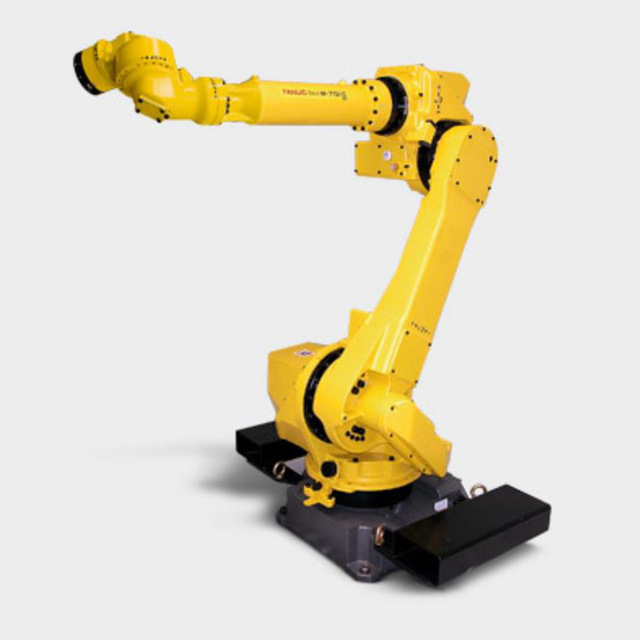Most Popular Types of Commercial Robots Every Manufacturer Should Know
In recent days there has been a lot of talk about industrial robots and how they can help businesses address some of the challenges they face in the modern world, such as scarcity of skilled workers and low productivity. But what does it exactly mean when we talk about commercial robots? How can different types of commercial robots help companies improve their manufacturing operations? If you are a manufacturer who is curious about industrial robots but has never worked with them, it may not be quite easy to conceptualize how robots can fit in your business. Here are four types of commercial robots that every manufacturer should know.
1 Articulated Robots
Articulated robots are among the most common robots in industrial setups. These are the type of robots that comes in the mind of many people when you mention the word robot. Many companies produce articulated robots. They include Universal Robots, Motoman, FANUC, KUKA, and ABB robotic companies. These robots mostly have 4-6 axes, but they can have up to 10 axes. They are the most flexible robots in the market today. The increased flexibility of articulated robots makes them versatile and appealing to many manufacturers. Articulated robots can be used to complete a dozen tasks, including material handling, welding, material removal, and dispensing.
Articulated robots are popular among manufacturers because they can be used to complete hazardous tasks. These robots can significantly increase a company’s productivity through accuracy and speed. They are also known to last longer, and they come at a lower price tag than many other commercial robots.
2 SCARA Robots
SCARA or Selective Compliance Assembly Robotic Arm is a robot built for speed and precision. These robots are unique with their 2-link arm that operates on a single plane. They are the best choice for completing tasks between two parallel planes, for instance, moving parts from a tray to a conveyer. SCARA robots are usually mounted on a pedestal, and they have up to four axes. These features make them the best for operations that need fast and repetitive movements. They can be used for palletizing, depalletizing, loading, unloading, among other repetitive tasks. SCARA robots are lightweight and less bulky, making them ideal for use in tight spaces. However, just like other robots, SCARA robots have their limitations. These robots cannot complete tasks that require working around.
3 Delta Robots
Delta is a spider-like robot built from joint parallelograms with a common base. Most of the Delta robots have 3-4 axis, but we also have Delta robots with up to 6 axes. These robots are suited for fast movements involving light loads. These robots are widely used in electronic, food, and pharmaceutical industries. One thing that makes Delta robots popular in these industries is that they are capable of delicate and precise movement.
4 Cartesian Robots
From mathematics, a cartesian plane involves a surface with three dimensions. Therefore, cartesian robots refer to robots that can move in three axes, X, Y, and Z. These robots are easily integrated with the manufacturing lines. They are highly accurate, and they can significantly improve a company’s throughput. Cartesian robots are also popular because they are affordable and capable of completing a dozen tasks in a manufacturing line. While working on two or three axes, these robots can reach nearly every point with the working environment. Cartesian robots are also used to complete repetitive tasks and those requiring a high degree of accuracy.
Cartesian robots can reach every point in a work environment at a reasonable cost. They also take small space than most of the other types of robots. Besides performance, cartesian robots are also popular due to their durability. These robots have long been the go-to solution for plastic manufacturing companies where they are used for loading and unloading injection molding machines.
Every manufacturer needs to familiarize themselves with the different types of commercial robots and the costs associated with them. This is usually the first step towards making an informed decision regarding your industrial robots.














